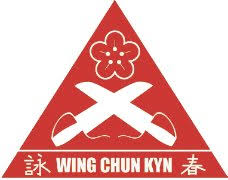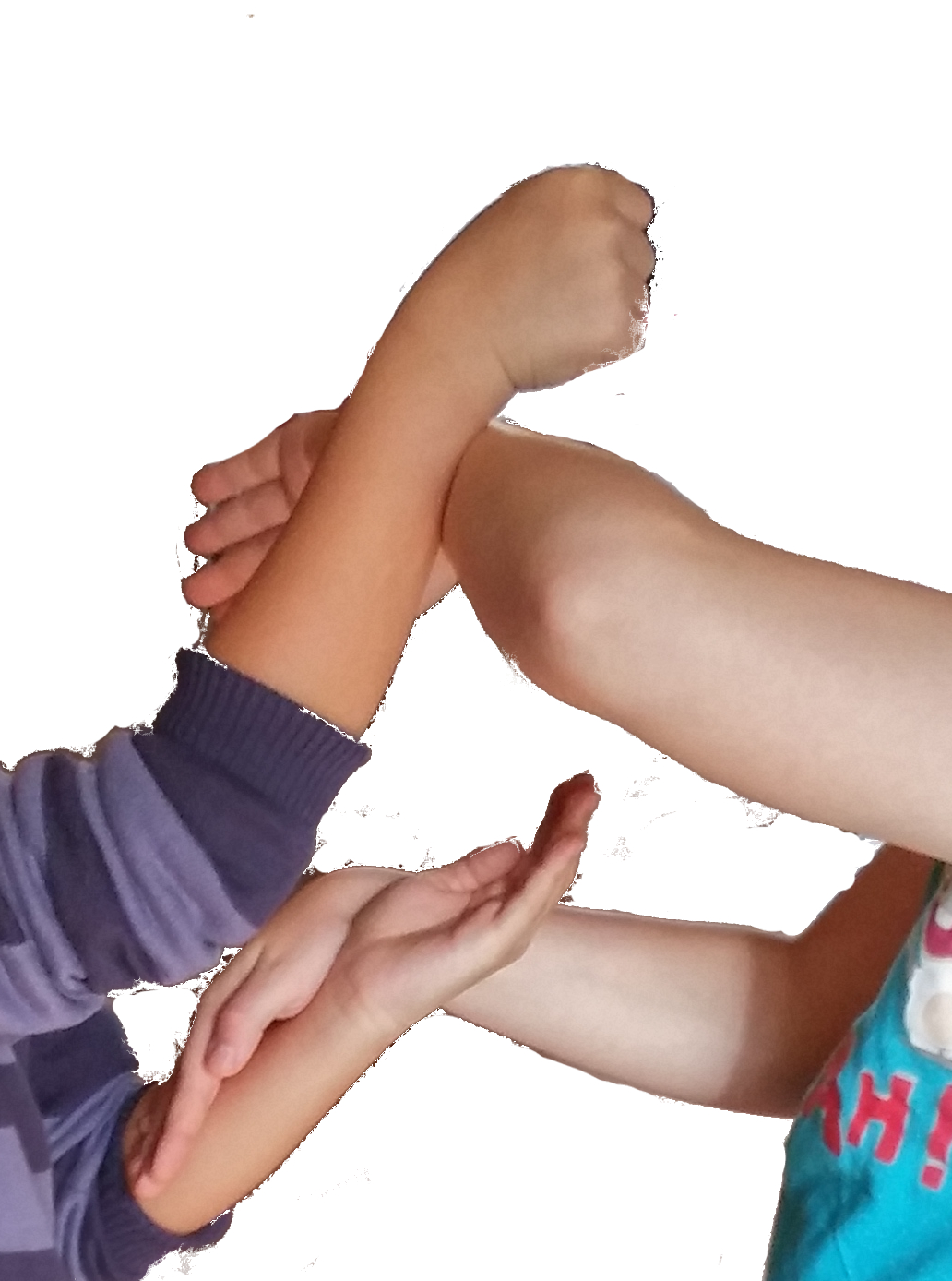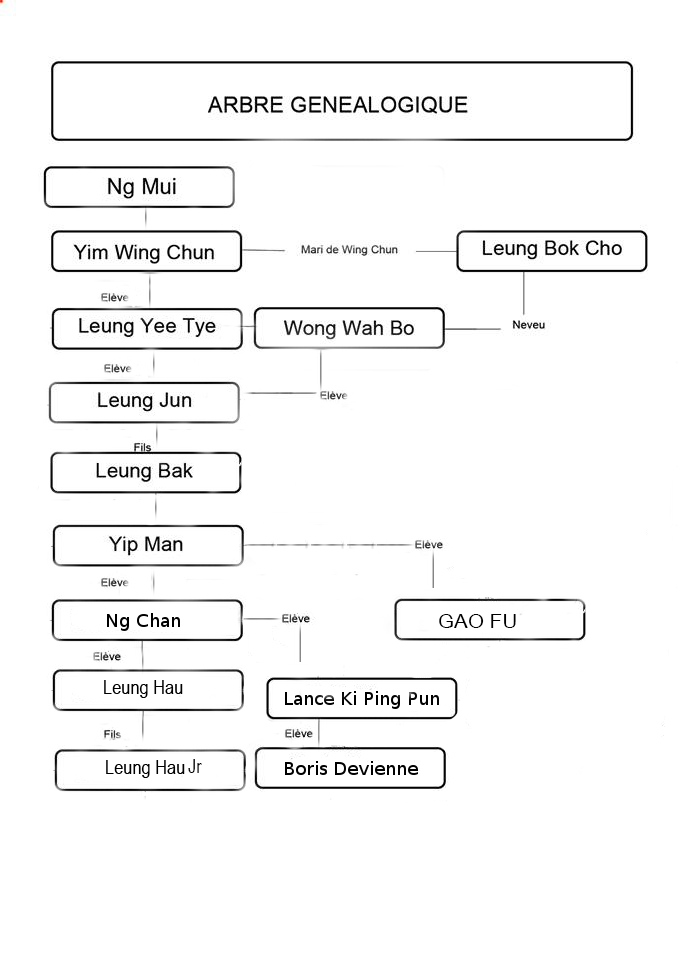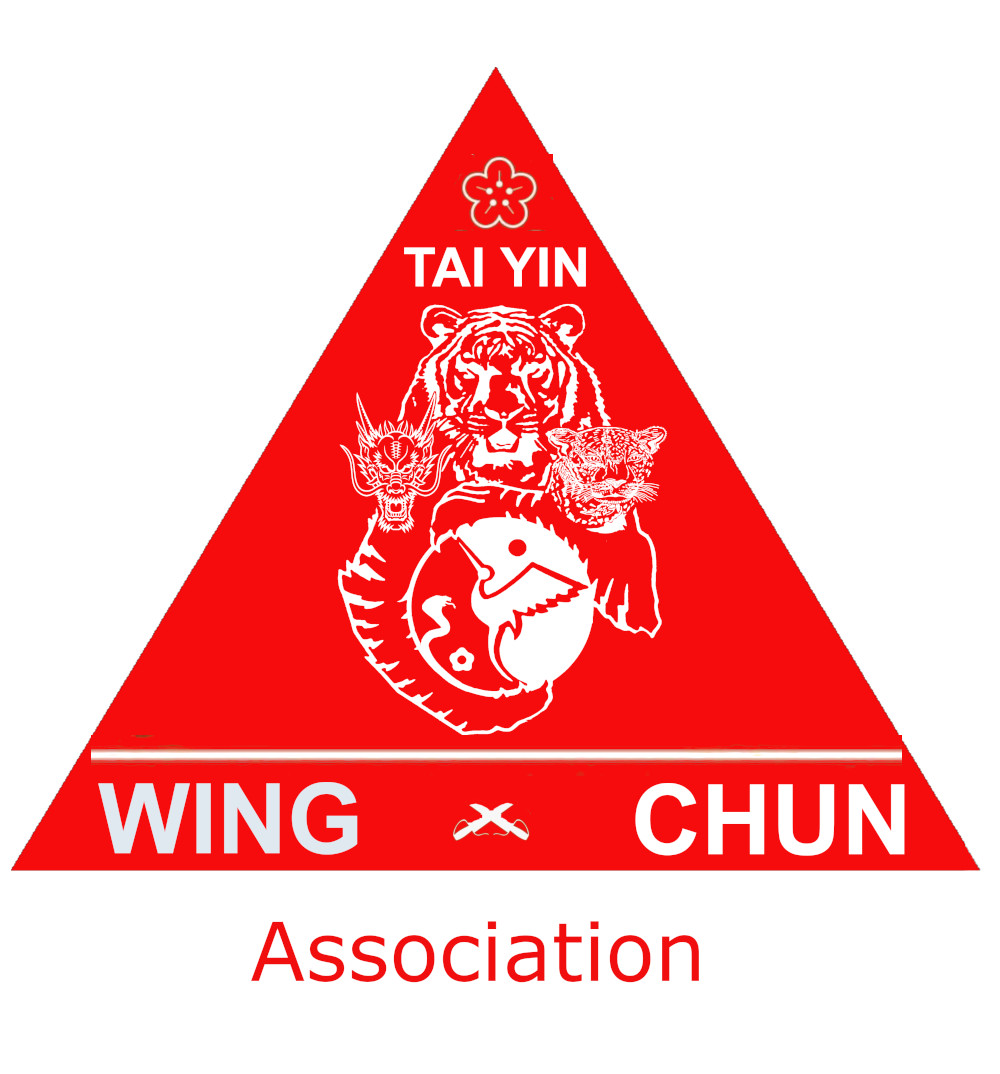✨ Our Wing Chun School 🌿
Welcome to our Wing Chun school, located in Labastide Saint-Pierre, between Montauban and Toulouse. Here, we teach Wing Chun in an atmosphere of respect and discipline, where every practitioner can progress at their own pace. Our pragmatic approach aims to develop martial skills while enhancing self-confidence and physical fitness. We believe that practicing Wing Chun is truly a path to personal transformation.
“Our movements always occupy the center,”
“if an attack occurs: stick to it,”
“if it retreats: follow it,”
“if it moves to the sides: strike straight.”
This poem summarizes the strategy of the Wing Chun style and guides our teaching philosophy.

⚡ History of the Wing Chun School
Legend has it that the creation of this martial art dates back to the 17th century, at the time of the Qing government's destruction of a legendary Southern Shaolin monastery. Yim Wing-chun, a young woman, is said to have learned the basics of Wing Chun from a Shaolin monk named Ng Mui, later perfecting this art by fighting an aggressor.
Wing Chun was passed down to several masters, including Leung Jan, who taught it to Yip Man. Yip Man is considered the founder of modern Wing Chun. For more details about the history of Wing Chun, check out our blog.
🛡️ Wing Chun Principles
Wing Chun is based on the following principles:
- 🏹 Use of the Centerline: The centerline is an imaginary line that runs through the body of the fighter. Wing Chun aims to control this line to prevent the opponent from striking with force.
- 🤼♂️ Simple and Effective Movements: Wing Chun techniques are designed to be simple and effective. They are based on natural movements and fluid combinations.
- 💪 Control of the Opponent: Wing Chun aims to control the opponent from the start of the fight, neutralizing their strength and rendering them harmless.
🗡️ Wing Chun Techniques
Wing Chun includes a set of hand techniques and weapons:
- 🛡 Punches: Wing Chun uses a variety of punching techniques, including straight punches and hook punches.
- 🚴♂️ Kicks: Low, circular, and jumping kicks are taught for various situations.
- 🤺 Grabbing Techniques: Used to control the opponent and limit their movements.
- 🚿 Throwing Techniques: Techniques that allow throwing the opponent to the ground.
The weapons of Wing Chun include:
- 🛠️ Staff: A traditional weapon used to strike, block, and control the opponent.
- 🗡 Knife: Wing Chun teaches how to use the knife effectively and safely.
👨🎓 Learning at Our School
Learning Wing Chun is done under the supervision of a qualified master. Classes start with the basics: stances, movements, and fundamental techniques. As students progress, advanced techniques are taught, including combinations and combat applications.
🏆 Benefits of Practicing Wing Chun
- 🛡️ Combat Effectiveness: An effective martial art for defending against an attacker.
- 🏋️♂️ Improved Physical Fitness: Develops strength, flexibility, and endurance.
- 🧘♀️ Personal Development: Promotes self-confidence, focus, and discipline.

Chi Sao (Sticky Hands) 🦋
Wing Chun is a style of Gong Fu originating from southern China, developed by a Buddhist nun from the White Crane monastery. In China, Wing Chun is considered one of the five main styles of White Crane, with unique characteristics in terms of techniques and strategies.

🦝 Wing Chun School Genealogy
The system passed down by Boris Devienne comes from the Ng Chan branch. Our teaching comes from the lineage of Grandmaster Yip Man, focused on martial effectiveness. Master Lance Pun, a disciple of Ng Chan, now transmits this teaching, offering an authentic approach to Wing Chun.


